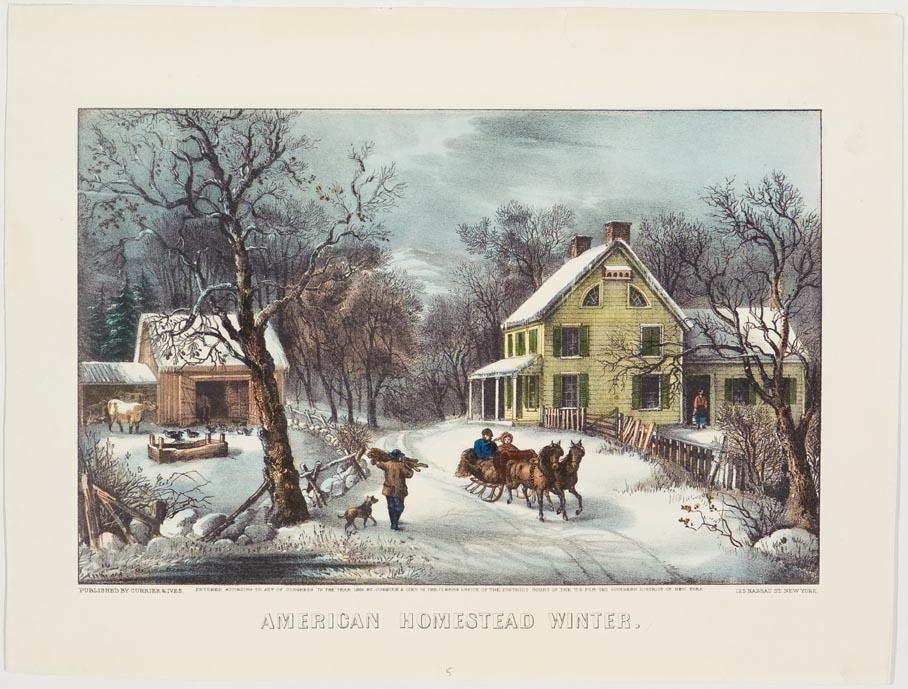NEW WINDSOR, N.Y.—New York City has three big airports—John F. Kennedy, LaGuardia, and New Jersey’s Newark International. Stewart Airfield here in Orange County wants to join the club, but for that to happen development is needed.
“Certainly Stewart is our diamond, but it’s still very much in the rough,” says Maureen Hallahan, president of Orange County Partnership. Her agency works with companies seeking to establish a presence in the county.
Although some say the airport can expand both passenger and cargo operations, cargo business seems to be the present direction. Hallahan says it’s a chicken-and-egg thing. What comes first: passenger traffic or cargo?
“I think that there’s been push right now to start to get some cargo out there,” Hallahan said. “It is an international airport, and there are opportunities to move a lot of product.”
She points out the large businesses at the airport like General Electric and New England Laminates, which are making products that need shipping. “I think attracting more manufacturing or some cargo-type businesses in that general vicinity would be a plus.”
The airport has recently been promised funding to renovate its runways. Hallahan says the airport needs more air traffic. “We need more flights in Stewart. Let’s call a spade a spade.”
Over the last few years, carriers have come and gone, faced with not enough passengers, despite being within striking distance of one of the largest metropolitan regions in the world. The heavy congestion in those airports should make Stewart more competitive in attracting some of those passengers. Maintenance this summer will make that congestion worse, which may raise awareness of Stewart as an alternative.
Anecdotal feedback is promising. A Yelp contributor from Manhattan made these comments: “Stewart is my Go-To airport for east coast flights. The airport is very small and for some flights a bit overpriced, but you are paying for the convenience of a fast check-in and not a lot of people at the airport or the flight.” Some marketing expertise might be in order.
Hallahan suggested attracting some corporate headquarters to be established near the airport which would bring in passenger traffic and raise its status as a destination.
“Let’s start somewhere to get that airport utilizing its runways and starting to move commercial product and maybe getting some corporate headquarters built around the airport so there is a new opportunity there,” Hallahan says.
Perhaps it’s more perception than reality that access to New York City is a long trek. There are two plans for bringing the big city closer, but no action on either.
One proposal calls for a light rail connection from Stewart to the Metro-North passenger line, which would bring riders to the Hudson River Ferry for the last leg to New York City.
Senator Schumer has supported a rail link to the Metro North line in Port Jervis. Passengers could then reach Newark Airport via Secaucus junction. The feds have approved the idea, but no funding has yet been appropriated.
Pease
Stewart could draw valuable lessons from the development of Pease International Tradeport, an airbase that had the extra challenge of being a superfund cleanup site. It is now a successful business park that holds a federal Visa center and other going concerns, providing hundreds of jobs to the region.
Like Stewart, the Air National Guard maintained a presence at Pease AFB in the 1990s. The base was transferred to the Pease Development Authority (PDA) to develop a commercial center. The base closure caused a regional economic crisis that hit the region harder than the 2008 recession.
Like Stewart, Pease is not in the immediate neighborhood of a big city: Boston is 50 miles away. Stewart is 67 miles from New York City.
Pease turned frontage on Great Bay into a wildlife refuge. Pease also retained a golf course which was developed under military ownership. Stewart has a state forest on the property that has trails, a wildlife watching area, and a big game hunting season.
Unlike Stewart, the PDA found itself with a problem of immense proportions. Aircraft maintenance operations had generated hazardous waste, including spent degreasers, solvents, paint strippers, jet fuels, and other toxic substances, which contaminated soil and groundwater.
Pease was placed on the national priorities list of Superfund sites, and the toxic waste was dealt with.
Pease has a foreign trade zone with access to the entire East Coast by interstate highway, by air off a 11,000-foot runway, and by sea from the Port of New Hampshire in Portsmouth. The terminal can process agriculture and immigration requests through a Customs office.
As of 2015, at its 25-year anniversary, nearly 300 economically diverse businesses employing about 10,000 workers have settled in the tradeport, and another 4,000 people outside the tradeport support those businesses.
The Name
The airport has strong local ties. In the Depression-era 1930s aviation buff Thomas Stewart convinced his uncle Samuel Stewart to donate part of the family farm for use as an airport, and Stewart Airfield was born.
It served some 30 years as a military base. Today it is on the map as part of the national plan of integrated airport systems as a primary commercial airport, and is managed by the Port Authority of New York and New Jersey.
Alongside the civilian airport is the Stewart Air National Guard Base, which served as a delivery point for relief efforts after Superstorm Sandy.
In this era of branding, the name of the airport is an important part of any plan to develop it. Stewart International Airport is the current name.
Locals strongly oppose removing the Stewart name from the airport while supporters of economic development want to add New York to its name to lure international travelers to the metro region.
In May 2015, the Port Authority said it wanted to change the airport’s name to New York International Airport at Stewart Field, a change the Orange County Partnership supports. With New York in its name, Stewart could draw more passenger traffic headed to the New York metro area. Locals have opposed the name change, citing the gift from the Stewart family.
The Port Authority see the change as moving the airport toward what it calls “global status.” Smaller European airports outside major metropolitan areas provide examples of how Stewart could prosper. Those facilities draw air traffic with lower fares and then send passengers to their destination by shuttle bus.
Having New York in the name would ensure that Stewart pops up when travelers in Dublin, London or Paris search the Internet for flights to New York City, according to airport manager Ed Harrison, as reported by the Times Record-Herald on May 15.
Hallahan agrees. “When you book a flight—let’s say you’re booking a flight to Italy—you would be more likely to fly into Rome or a recognizable name. When travelers all over the world want to travel into New York, then that’s another airport.”
Companies
Jobs, of course, are on the minds of most county officials. Hallahan suggests the airport would be ideal for a company’s headquarters, which could increase passenger traffic and make it easy to come and go to NYC.
Based in Austin, Epicor Software Corporation employs techies, and markets its software to companies in manufacturing, distribution, retail, and services industries.
In manufacturing, New England Laminates produces copper-clad laminates and materials for printed circuits. Metal Container Corporation, part of the Anheuser-Busch packaging group, makes aluminum cans and lids for A-B’s domestic beer and supplies products to the U.S. soft drink container market.
Aviation companies, such as Reese Aircraft, Boeing, and General Electric, operate on the base. The FAA has a presence there, also.
Cargo services are also part of the mix. Importers of plant and animal products route their flights to Stewart and the USDA inspection facility on Drury Lane. Delivery services include Newburgh Industrial, FedEx, and UPS. A service that hires vets, called VetEx, has a contract with FedEx and may soon begin to transport cargo.
Stewart seems to be a property with immense yet undeveloped potential. “Around the airport is just beautiful real estate that is just shovel-ready for technology-based companies,” Hallahan said. For that potential to be realized, governments at different levels need to make it happen.
To contact this reporter, email [email protected].





Friends Read Free